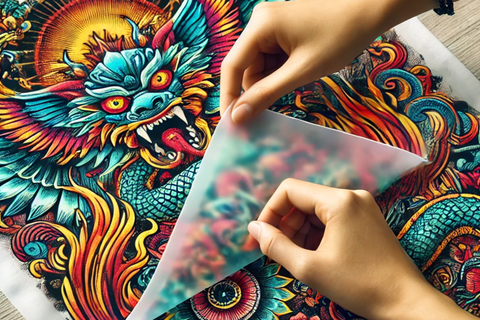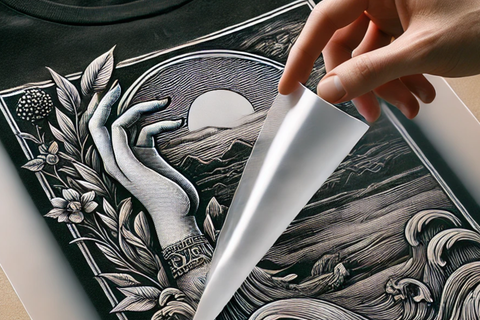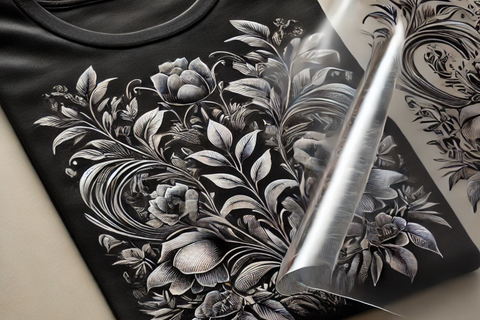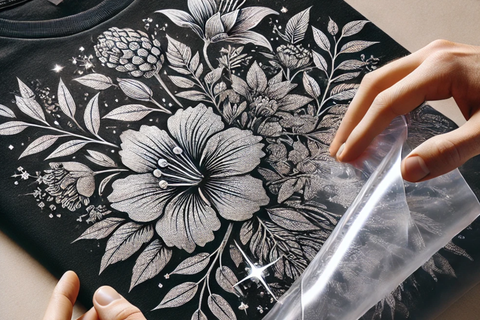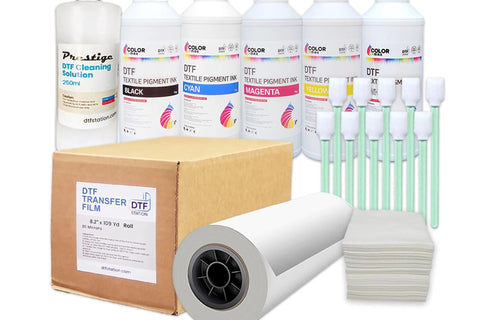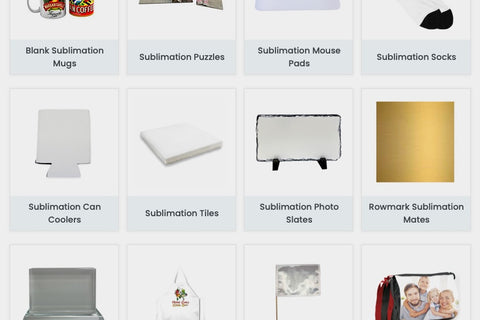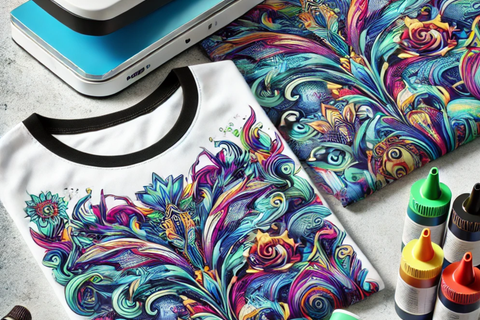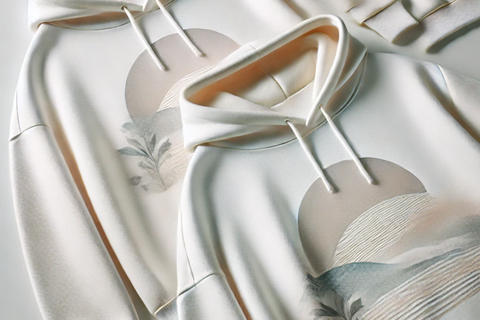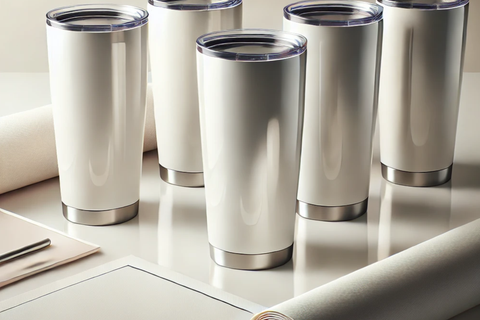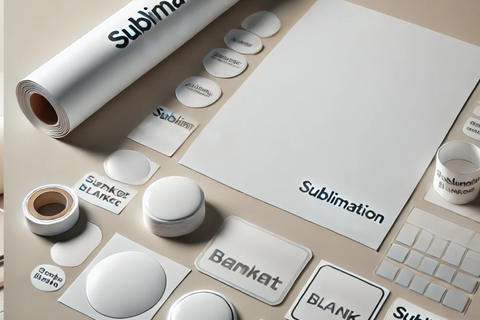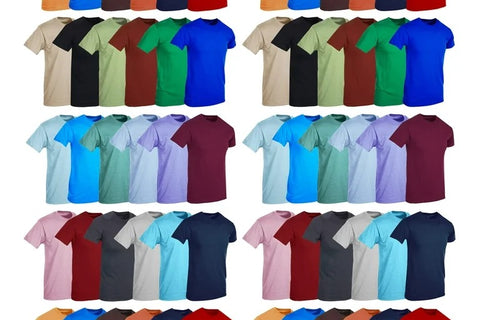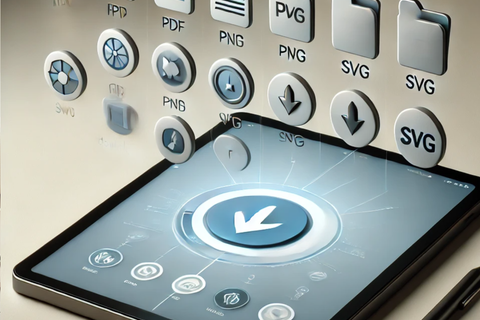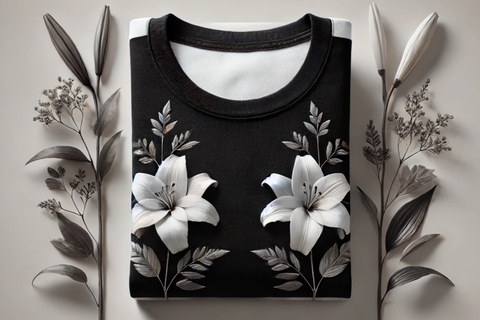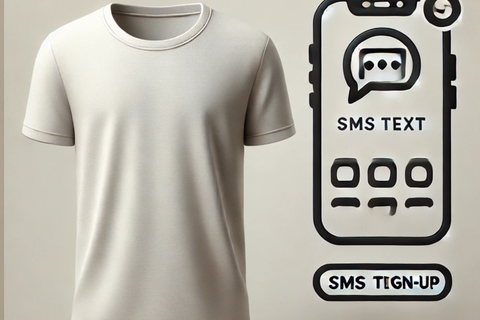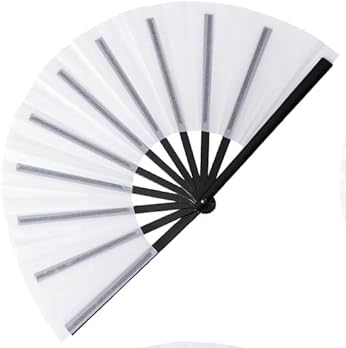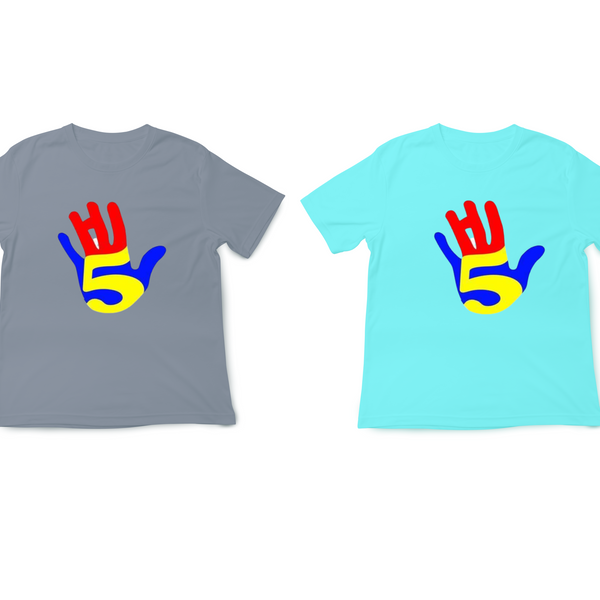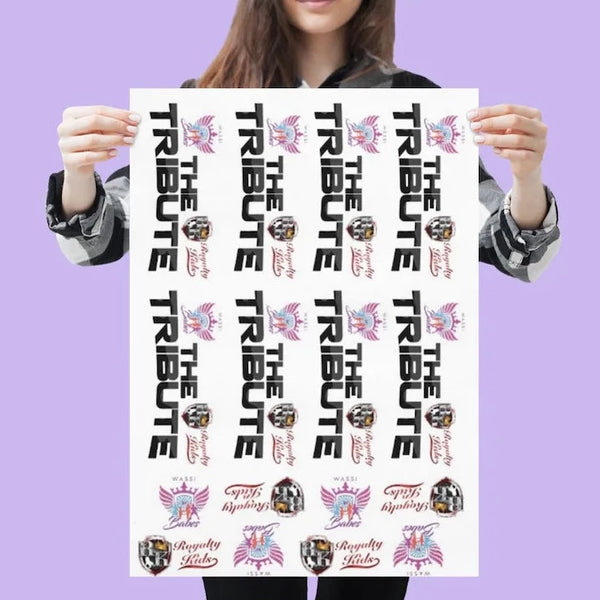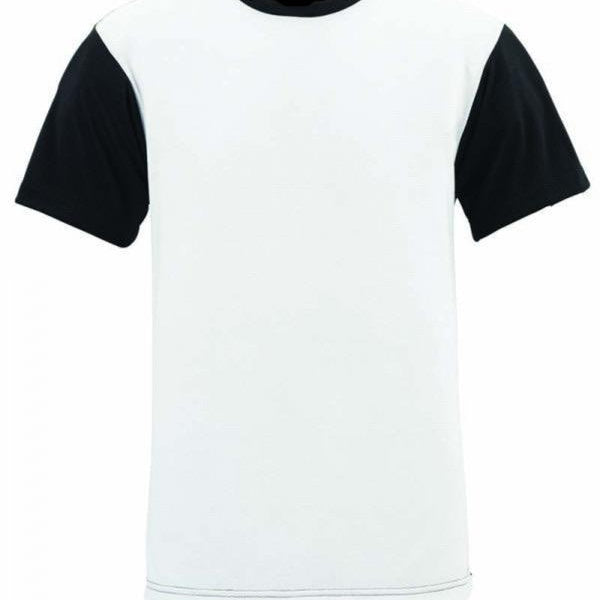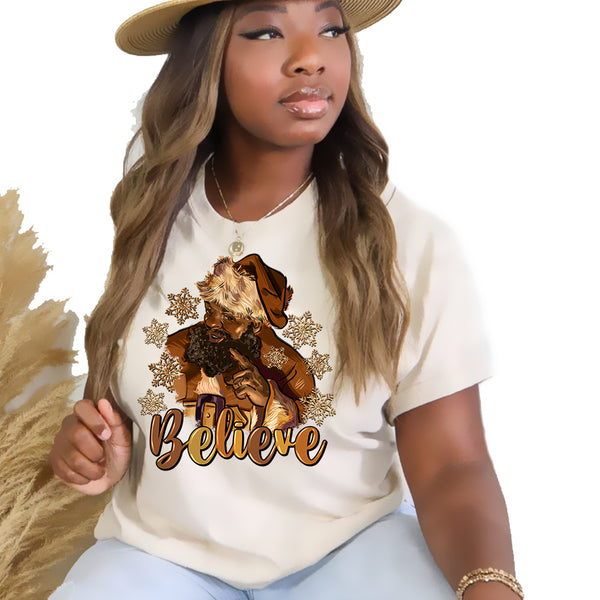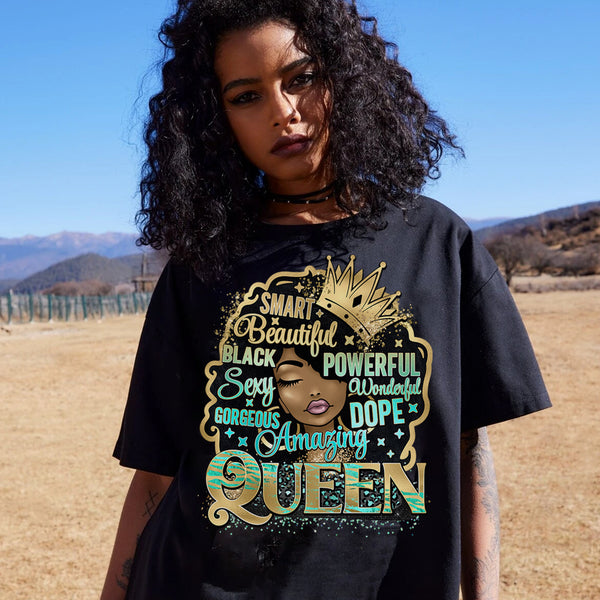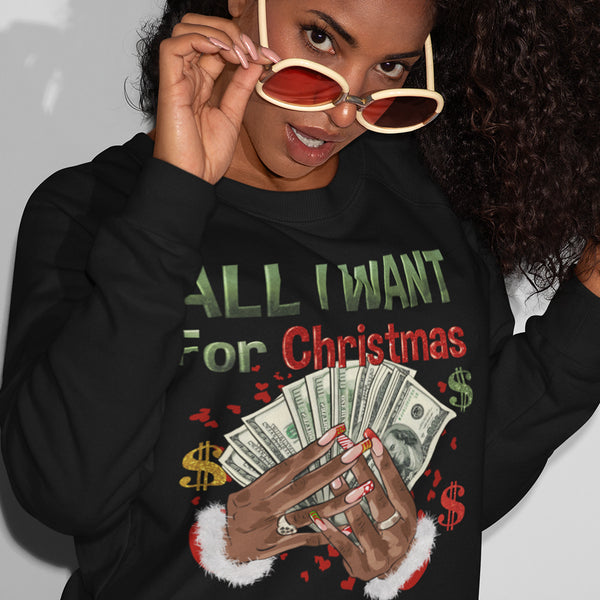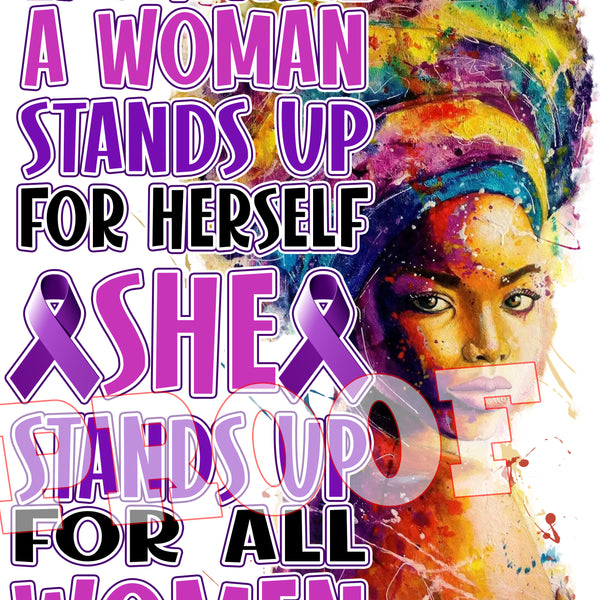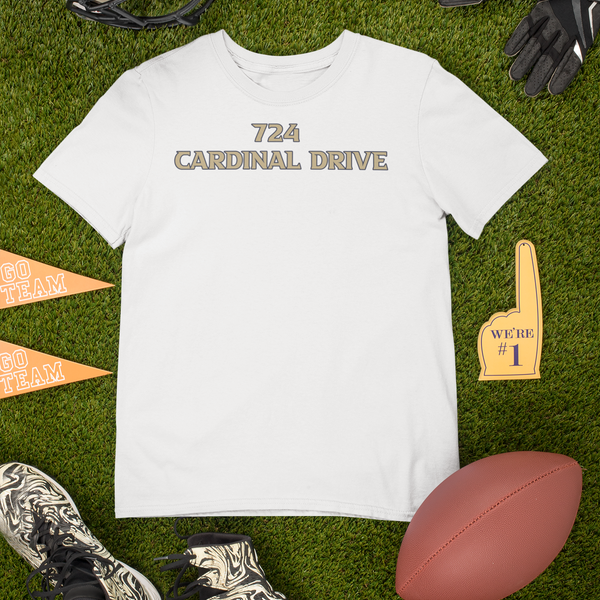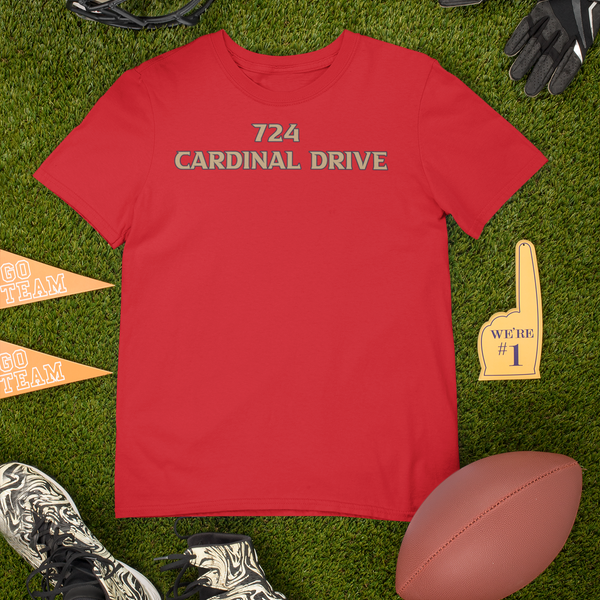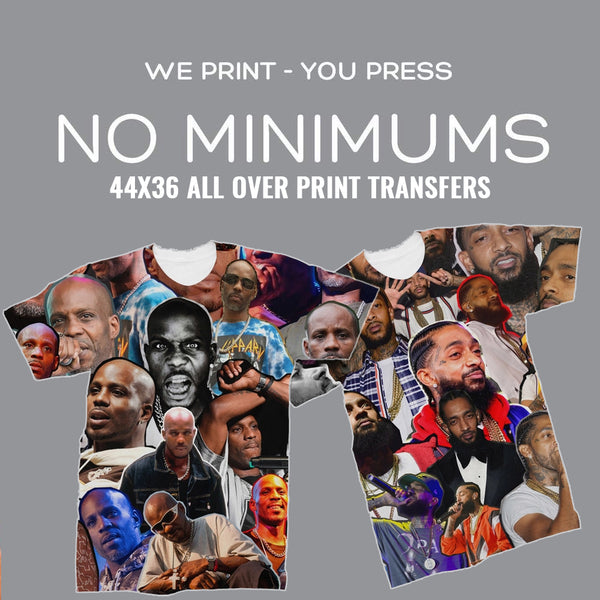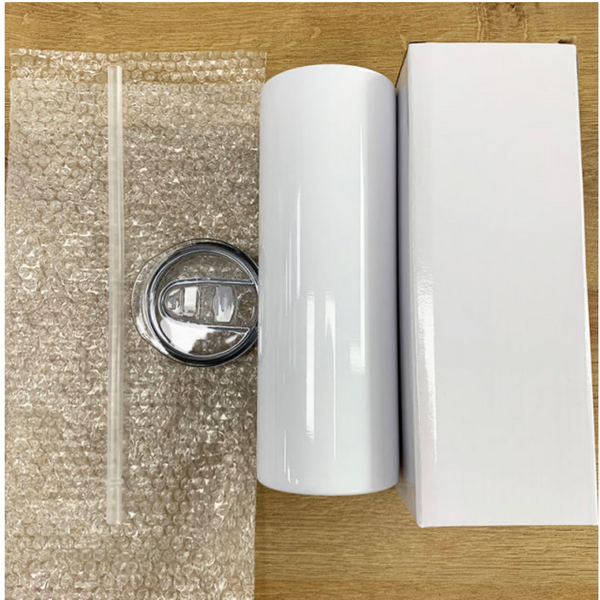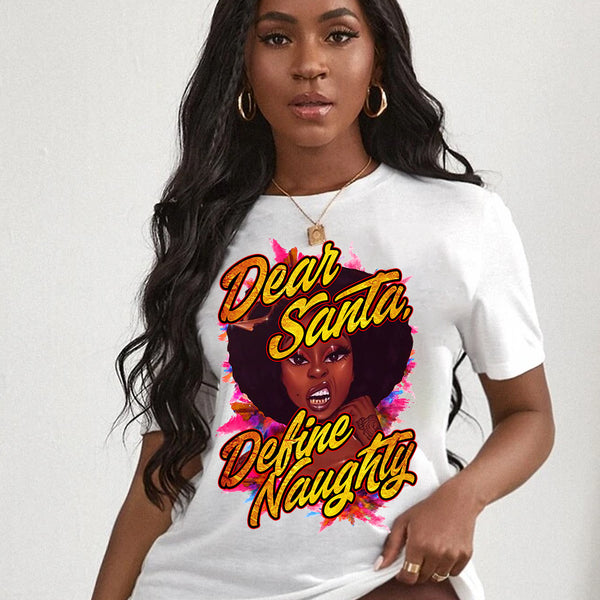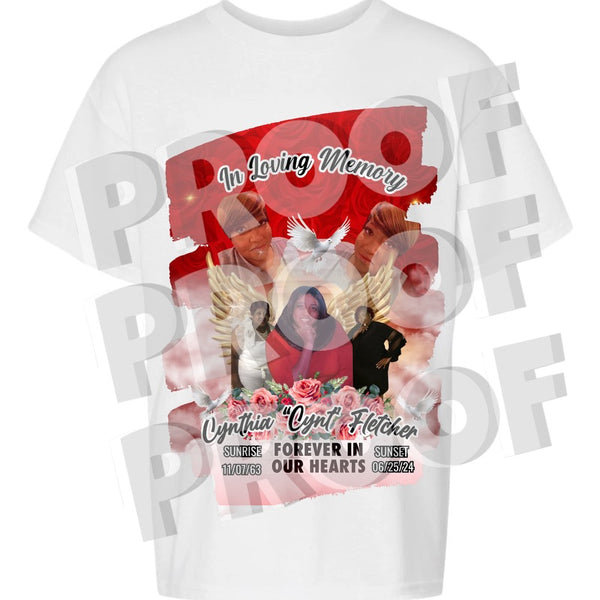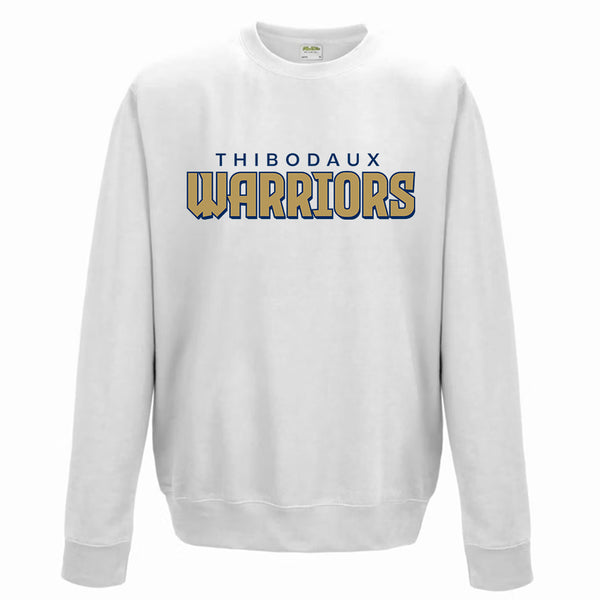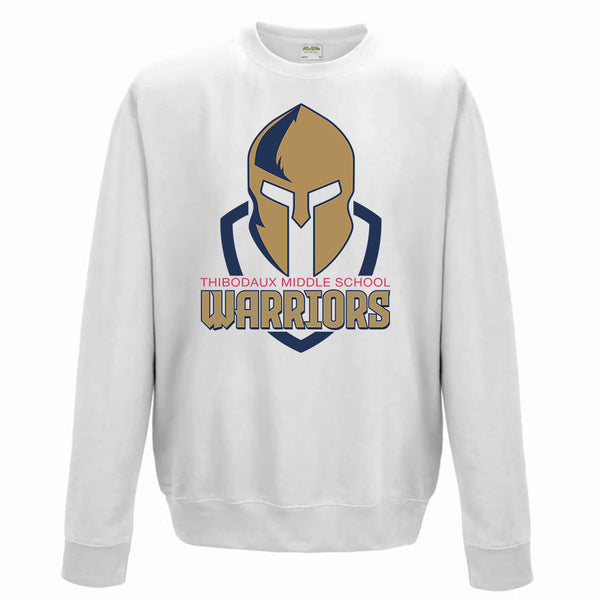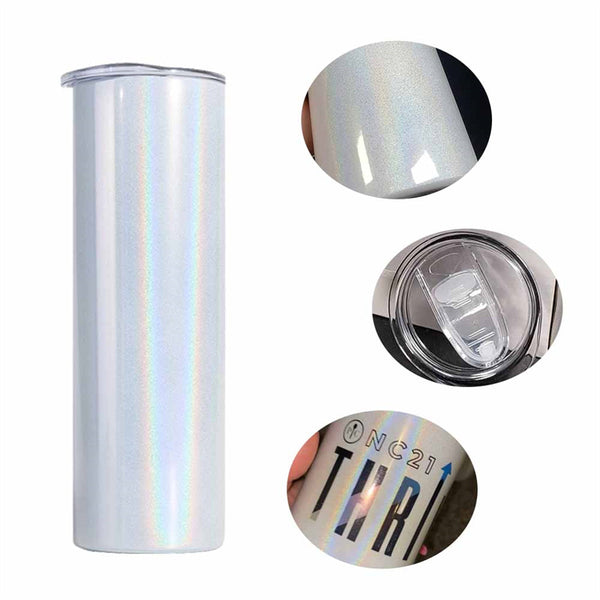Confused between direct-to-film printing and screen printing methods? Both offer great benefits and come with certain limitations, but knowing the major difference is important for designers, small businesses, and large-scale manufacturers to make the right decision based on their production needs, budget, and design complexity.
This guide provides a comparison between the two options so that you can choose according to your requirements.
What Is DTF Printing?
Direct to film printing is the latest innovation in textile printing methods, where designs are printed onto a special film and then transferred onto fabric using heat and pressure. It is known for its versatility in fabric and designs, and lasting vibrant colors. Get the best DTF transfers and gang sheets from G Prints DTF.
DTF Printing Process
DTF transfers follow the given process:
-
First, you need to create a design using any graphic software.
-
Then the design is printed on a PET film using a DTF printer and special DTF inks.
-
Now, apply hot melt adhesive powder to the printed film, and cure the film with a heat press to set the adhesive.
-
To transfer a design, place the film on the fabric downward and apply pressure with a heat press to bond the ink and the powder.
-
After cooling down the fabric, peel off the film, and the vibrant, durable print will be the result.
Benefits of DTF Printing
-
Faster production compared to traditional screen printing
-
This is a cost‑effective option for small runs because screens or film separations are not required.
-
DTF transfers are ideal for custom one‑offs or on‑demand printing.
-
There is unlimited color and gradients, so photographic prints, complex color blends, and fine details reproduce accurately.
-
DTF works well on a variety of fabrics such as cotton, polyester, blends, leather, nylon, and more.
Limitations Of DTF Printing
-
DTF printing needs dedicated printers, inks, and heat presses, which can be a bit costly for beginners, but not more than buying screens.
-
Prints can feel slightly thicker than screen printing.
-
The hot-melt powder can be messy and may require proper ventilation and careful handling.
-
DTF prints can withstand 30-50 wash cycles when pressed correctly, though slightly less abrasion‑resistant than traditional screen prints.
What Is Screen Printing?
Screen printing is an old and widely used printing technique where ink is pushed through a mesh screen onto a fabric with the help of a stencil to create a design. It's known for producing vibrant, durable prints, especially for large production runs.
Screen Printing Process
-
Prepare a design with a separate screen (mesh stencil) for each color in the design.
-
Then place the screen over the fabric or material.
-
Apply ink across the screen and force through open mesh areas onto the garment beneath.
-
In the end, you need to dry and cure each color layer before applying the next.
Benefits of Screen Printing
-
Screen prints are long-lasting, resistant to fading, and can withstand heavy washing and wear.
-
The thick ink application results in bold, vibrant colors, especially on dark fabrics.
-
This method is ideal for bulk orders, as the cost per unit decreases significantly with higher quantities.
-
It works on a wide range of materials, including textiles, wood, plastic, glass, and metal.
-
Screen setup costs decrease with high quantities, driving down per‑unit cost.
-
You can add a variety of specialty effects, such as metallic, puff, glitter, and discharge inks expand creative possibilities.
Limitations of the Screen Printing
-
There is a high setup cost due to art separations, screens, and emulsion time adds initial expenses.
-
Screen printing offers limited color gradients and is best suited for solid areas of color; complex photographic prints require halftones.
-
Not suitable for minimum order quantities as it generally needs 25-50 pieces to be cost‑effective.
-
It takes a longer turnaround due to screen preparation and multi‑color designs.
DTF vs Screen Printing- Quick Difference
|
Factor |
DTF Printing |
Screen Printing |
|
Setup Cost |
Comparatively Low (one-time investment) |
High due to screen creation & art separations |
|
Per‑Unit Cost |
Moderate (flat regardless of volume) |
Low for high volumes, higher for small runs |
|
Color Capability |
Unlimited CMYK + white underbase |
Limited to some screens and best for solid |
|
Print Quality |
Photographic detail, smooth gradients |
Bold solids, sharp edges, limited gradients |
|
Durability |
30–50+ washes |
100+ washes |
|
Hand Feel |
Slightly thick print |
Soft, ink sinks into fabric |
|
Turnaround Time |
Fast (digital workflow) |
Longer (multi‑screen preparation) |
|
Fabric Compatibility |
Cotton, polyester, blends, leather, nylon, etc. |
Best on cotton & cotton‑rich fabrics |
|
Minimum Order Qty. |
1+ pieces |
25-50+ pieces |
|
Environmental Impact |
Water‑based pigment inks; adhesive powders |
Water use in screen wash‑out; some plastisol inks require detoxification |
Which Printing Method Is Right for You?
It depends on certain conditions and factors. If you are providing bulk orders for an event or uniforms, screen printing is a budget-friendly and durable option. However, if you have a small startup, go for the DTF printing because it is best for custom orders and complex artwork, photo prints, and design changes.
DTF also attaches to a wider variety of substrates without compromise on durability. For environmental considerations, both methods are eco‑friendly with the right inks. You need to choose water‑based pigment inks for DTF and water‑based or low‑impact inks for screen printing.
FAQs
How much does DTF printing cost per shirt?
The cost of DTF printing per shirt can range from $1.50 to $7, which depends on factors like design size, color complexity, and order volume.
Can DTF prints be washed?
Yes, DTF prints generally withstand 30-50 standard wash cycles if applied with proper heat press settings.
Which printing method offers the quickest turnaround?
DTF can go from file to finished garment in under an hour for single‑piece runs; screen printing may take 24–48 hours due to screen preparation.
Final Words
Both printing methods are marvelous, but DTF outweighs screen printing in terms of flexibility, ease of use for small orders, and compatibility with a variety of fabrics without the need for pre-treatment. Screen printing is worthy for large-scale production and long-term durability, but DTF is quickly becoming the go-to choice for modern, efficient, and high-quality apparel prints.
